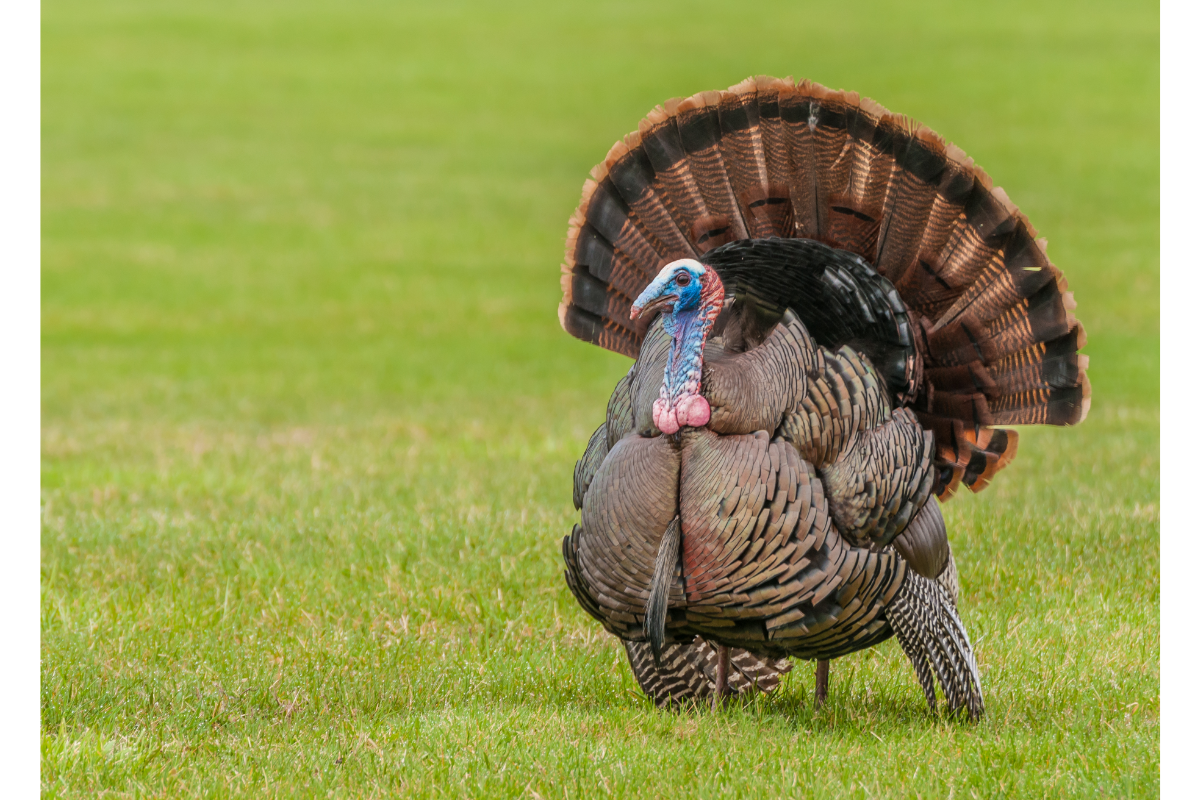Free Shipping - On Orders Over $175 (USA, Canada, UK, & AU)

How to tell if you're a tongue snorer
January 15, 2021 2 min read
What are some common reasons for snoring? Well, there’s a whole list for that. The reasons range from weight gain to stress and even the anatomy of your tongue. Even though there are many reasons why these unwanted sounds happen, one of the most simple is due to tongue placement. Here’s an easy way to find out if you’re a tongue snorer.
Tongue posture is important for those who want to eliminate their snoring. Typically, an over relaxed tongue during sleep causes heightened pressure towards your throat. This then results in what some may call “throat snoring,” which is snoring caused by the tongue sliding to the back of the throat. It’s really that simple. Fortunately, tongue snoring is quite easy to identify and fix.
The most common way to see if you’re a tongue snorer is to open your mouth, stick your tongue out, then gently clamp your tongue between your teeth. Once in this position, you’ll want to imitate snoring sounds. If you notice that you can’t make said sounds or they have become significantly quieter, then you’re likely snoring due to tongue issues.
Another common way to know if you're a tongue snorer is to simply feel and look at the anatomy of your mouth. Sounds weird, but if you can feel that your tongue falls towards your throat when you lay on your back, your tongue snoring may be the cause of your snoring.
Mouth exercises
Many health professionals will advise you to start off with mouth-based exercises to curb this issue. Oftentimes you’ll hear the terms “myofunctional therapy” or “oropharyngeal exercises” to combat tongue snoring. Essentially, your oropharynx is the area in the back of your mouth. This includes your tonsils, back of your tongue, sides of your throat, and the roof of your mouth. Many studies have shown that exercising this area of your mouth significantly reduces the vibrations that causes snoring when you sleep.
Most studies suggest doing tongue exercises 10 minutes a day for three months to notice a reduction in snoring. Some of these exercises include sliding your tongue against the roof of your mouth, touching your chin with your tongue while looking up, and even simply pushing your tongue against the roof of your mouth for 10 seconds at a time.
Find a guide to oral exercises for snoring and sleep apnea here
Tongue stabilizing devices (TSDs)
Tongue stabilizing devices, also known as TSDs, are anti-snoring mouthpieces that gently hold your tongue in place for better airflow. This is a great option for most snorers who want an effective yet inexpensive long-term fix.
The Good Morning Snore Solution tongue stabilizing device is doctor-developed, and clinically tested. And the best part is, if you’re not happy with your order, you can return it and get a full refund!
References
Also in Blog

💨 Are Your Nighttime Breathing Issues Robbing You of Your Health and Your Energy?
December 12, 2025 3 min read
Breathing issues during sleep, collectively known as sleep-disordered breathing, are a major public health concern.

Is Your Snoring a Sign of Something More Serious? Unpacking the Science of Sleep
December 05, 2025 3 min read
When you snore, what's actually happening?

Can Turkeys Snore Or Get Sleep Apnea?
November 26, 2025 2 min read
Join our Insiders Club
Every week you will receive specials, discounts, and giveaways.
Categories
- Better Sleep
- depression
- Fitness
- funny animal
- Global Citizenship
- health
- Mental Health
- mouthpiece
- nutrition
- pillow
- Productivity
- relationships
- sleep
- sleep apnea
- sleep deprivation
- Sleep Tech
- snoring
- snoring humor
- snoring jokes
- snoring sounds
- stop snoring
- StopSnoringStartLiving
- technology
- Tongue displacement
- travel
- video
- Young Adult
Recent Articles
- 💨 Are Your Nighttime Breathing Issues Robbing You of Your Health and Your Energy?
- Is Your Snoring a Sign of Something More Serious? Unpacking the Science of Sleep
- Can Turkeys Snore Or Get Sleep Apnea?
- Foods from Every Food Group which Promote Sleep
- How Weather Changes Ruin Our Sleep (And How To Fight It)

